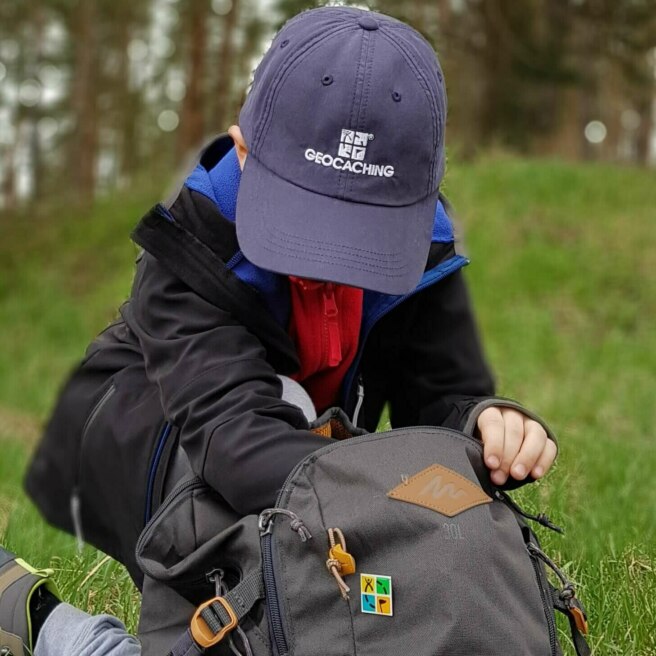So you are finally ready to hide your first geocache? You have found over 20 caches, explored different cache types, and challenged yourself with different levels of difficulty and terrain? Now you can hide one of your very own!

There are a few steps you need to complete before you hide your first cache. First choose a sturdy, waterproof container, suitable for life in the outdoors, and make sure to do your research. Hiding a cache is more than just placing a container in any location. You need to learn about high-quality caches and what cache types are available for you to hide. The Geocache hiding guidelines are important to read to make sure you are aware of the rules that cache owners must follow, including obtaining permission from the property owner before placing the cache.

Once you have done your research, it is time to start planning where you want to hide your cache. Choose a nice location that you would like to bring people to visit. It is best to hide the cache within a few miles of your home location so you will be able to easily maintain it if it needs to be repaired or replaced. Finding caches in your area will give you a good idea of different cache styles, and which locations are open and available for your cache.

Now that you have found the perfect spot to hide the cache, you need to practice collecting the correct coordinates for the location. At Geocaching HQ, we recommend you collect coordinates for your location multiple times and average them for accuracy. Accurate coordinates help geocachers search in the right place and can make the difference between them finding the cache or not. You can collect the coordinates with either the Geocaching® App or a dedicated GPS device.

Now that you have picked out your perfect location and collected your coordinates, it is time to create a cache page on Geocaching.com. You will be prompted to answer a few questions about the cache including the size of the cache, the difficulty and terrain rating, the type of cache, and what attributes to include. You will be able to provide detailed information about the cache in the description section and include a hint to help other cachers locate your cache if they are having trouble. Make sure your cache is in place and ready to find before you submit your cache page.

After you have filled out all of the information on the cache page and posted a reviewer note to describe your container and how it is hidden, it is time to submit your cache page for review. During the review process, you will connect with your local community volunteer reviewer. Geocaching has amazing community volunteers that help keep the game running smoothly. Reviewers are experts in the hiding guidelines and local land policies and will guide you if something needs to be updated or changed on your cache page. After your cache passes review, it can be published!
Congratulations! You are now the owner of your very own geocache! Time to watch the fun logs from cachers roll in, letting you know about the great cache you have hidden. Make sure to keep an eye out for any Needs Maintenance logs so that you can maintain your cache and make sure those fun logs keep coming.
Source: Geocaching
